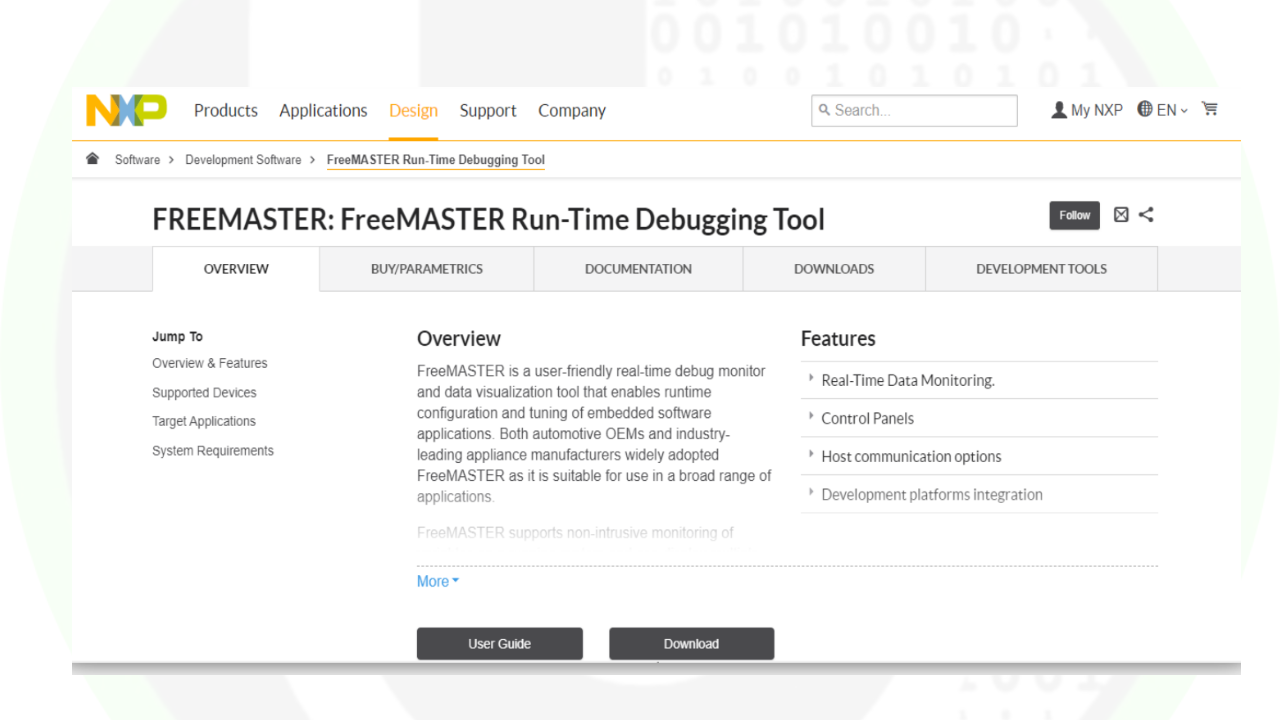Port Driver of Autosar MCAL layer Explanation, Understanding and tutorial using ElecronicsV3 Development board
How to use FreeMaster with S32 Design Studio
Add Your Heading Text Here Lorem ipsum dolor sit amet, consectetur adipiscing elit. Ut elit tellus, luctus nec ullamcorper mattis,
DAC PDB MTB(Micro Trace Buffer) Miscellaneous Control Module(MCM) System Integration Module Crossbar Switch Lite Memory Protection Unit Peripheral Bridge Trigger



